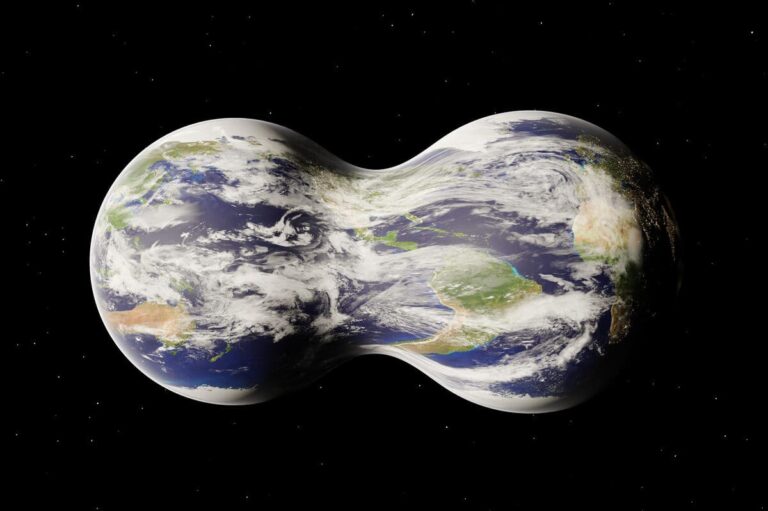For decades, the concept of parallel universes has fascinated scientists and sci-fi enthusiasts alike. Could there be another version of our universe, running alongside ours—similar yet different? Two recent scientific studies are shedding new light on this mystery, offering wildly different theories that could bring us closer to understanding whether parallel worlds truly exist.
Let’s dive into these intriguing ideas and what they might mean for the future of physics and our understanding of the universe.
A Mirror Universe of Antimatter
The first theory proposes the existence of a mirror universe—an “anti-universe” made entirely of antimatter that might have existed even before the Big Bang. Imagine a world that reflects ours, yet is fundamentally different in composition and nature.
According to this model, this anti-universe could help solve the long-standing mystery of dark matter, a hypothetical substance that makes up much of the universe but has never been directly observed. The physicists behind this theory aim to explain observable phenomena without introducing unknown elements.
Interestingly, this anti-universe wouldn’t be perfectly symmetrical with ours. If it were, it would raise complications with concepts like free will. To avoid that, scientists suggest the anti-universe includes slight asymmetries, which still allow it to explain crucial aspects of cosmic physics.
A Parallel World Nearly Identical to Ours
The second study takes a completely different approach. It uses string theory to suggest that if parallel universes exist, they wouldn’t be radically different from our own. Instead, they would share many identical properties, with corresponding events and behaviors happening almost in sync.
According to this mathematical model, an event in Universe A would directly affect a matching event in Universe B, keeping both universes connected and aligned. Researchers demonstrated that these changes wouldn’t lead to significant differences between the two universes—suggesting that parallel worlds might be much more like our own than we’d expect.
This theory could provide an essential bridge between quantum physics and general relativity, two areas of physics that traditionally don’t align well.
Could Parallel Universes Explain Dark Matter?
One of the most exciting implications of these theories is their potential to solve the mystery of dark matter. The anti-universe theory offers a compelling explanation by proposing that dark matter could be a remnant of this antimatter universe.
Given that dark matter is responsible for many gravitational phenomena in galaxies but remains invisible to our current technology, proving this theory could transform our understanding of cosmology.
Which Theory Makes More Sense ?
So, which explanation resonates with you more—the anti-universe made of antimatter that existed before the Big Bang, or the parallel world that mirrors our own with slight variations? Both theories remain theoretical for now, but they highlight how much of the universe remains a mystery.
These studies offer a fascinating glimpse into what could be possible. Whether the answer lies in an anti-universe or a parallel world eerily like our own, one thing is certain: the universe has many secrets left to reveal.






